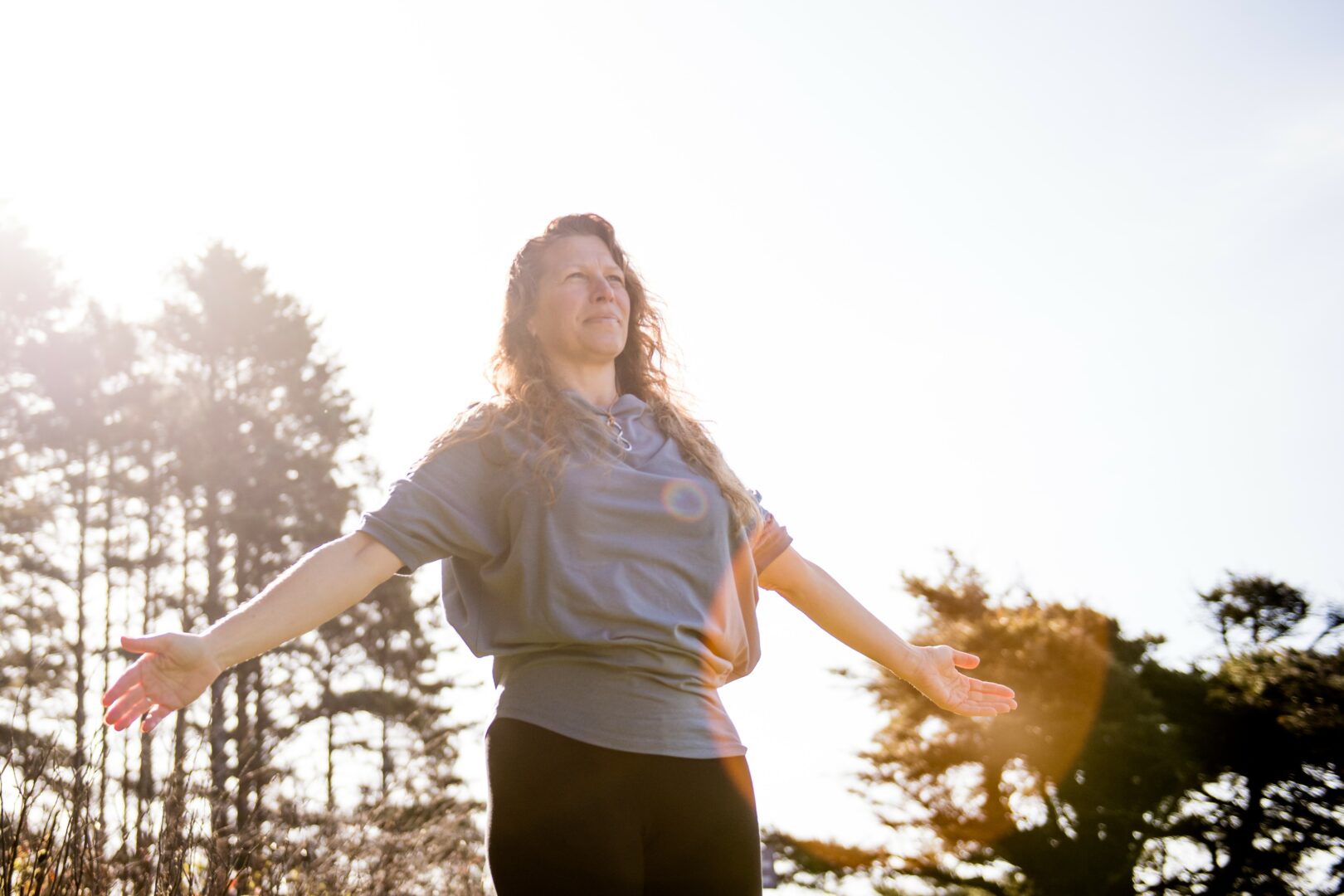We’re excited to introduce you to the always interesting and insightful Erin Wright. We hope you’ll enjoy our conversation with Erin below.
Erin, we’re so excited for our community to get to know you and learn from your journey and the wisdom you’ve acquired over time. Let’s kick things off with a discussion on self-confidence and self-esteem. How did you develop yours?
Confidence is developed through experience and understanding.
Experience gives us the base to build and grow. Each experience, whether successful or not, is a lesson to learn. The more we learn the better we are able to deal with similar challenges in the future and the more confident we become that we will be successful.
Understanding gives us the ability to approach new challenges with an open mind that allows our experiences to teach us those lessons.
Self-esteem is built from that understanding. Knowing that not being good at something has more to do with lack of experience than not being ‘good enough’ to be successful.
I knew a man who was very successful in his career as a psychiatrist. Super smart, brilliant guy, accomplished in many areas of science. He also took very good care of his health and body. He went skiing for the first time as an older adult. It didn’t go well. He couldn’t manage even the easiest of slopes and quickly gave up in frustration never to come back. His self-esteem was so wrapped up being successful that it did not allow him to gain experience in a new area.
To me, a healthy self-esteem would be one that was unafraid to tackle new challenges with understanding that through those experiences confidence will grow.
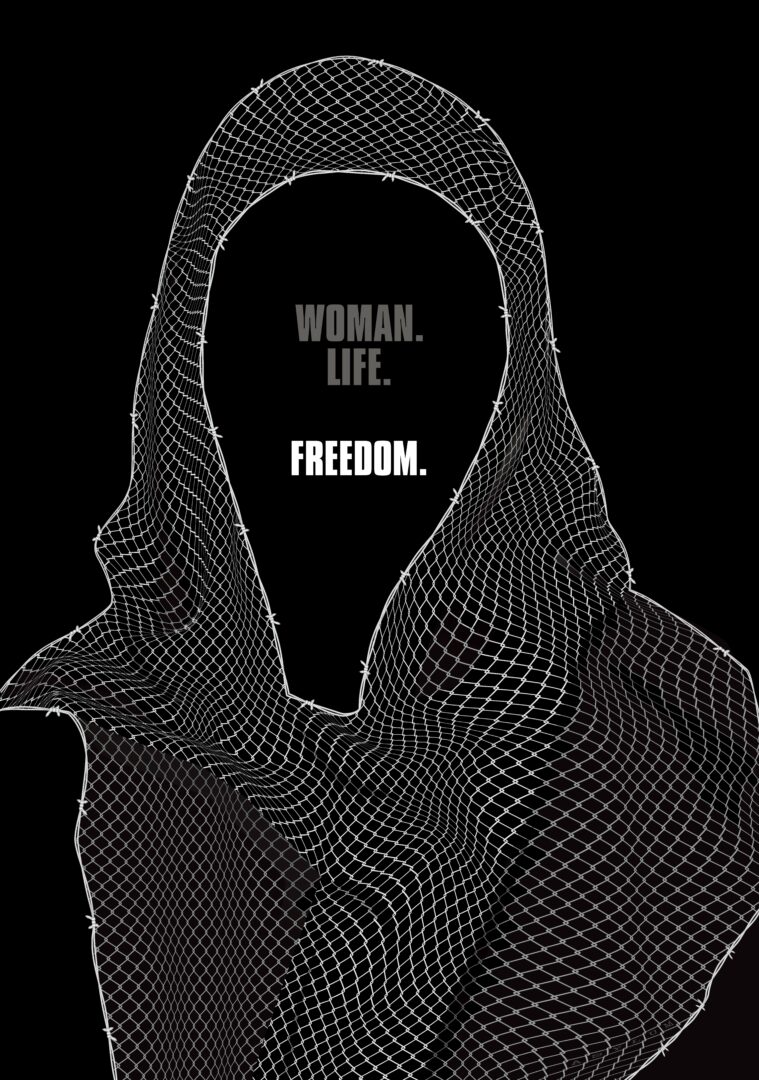
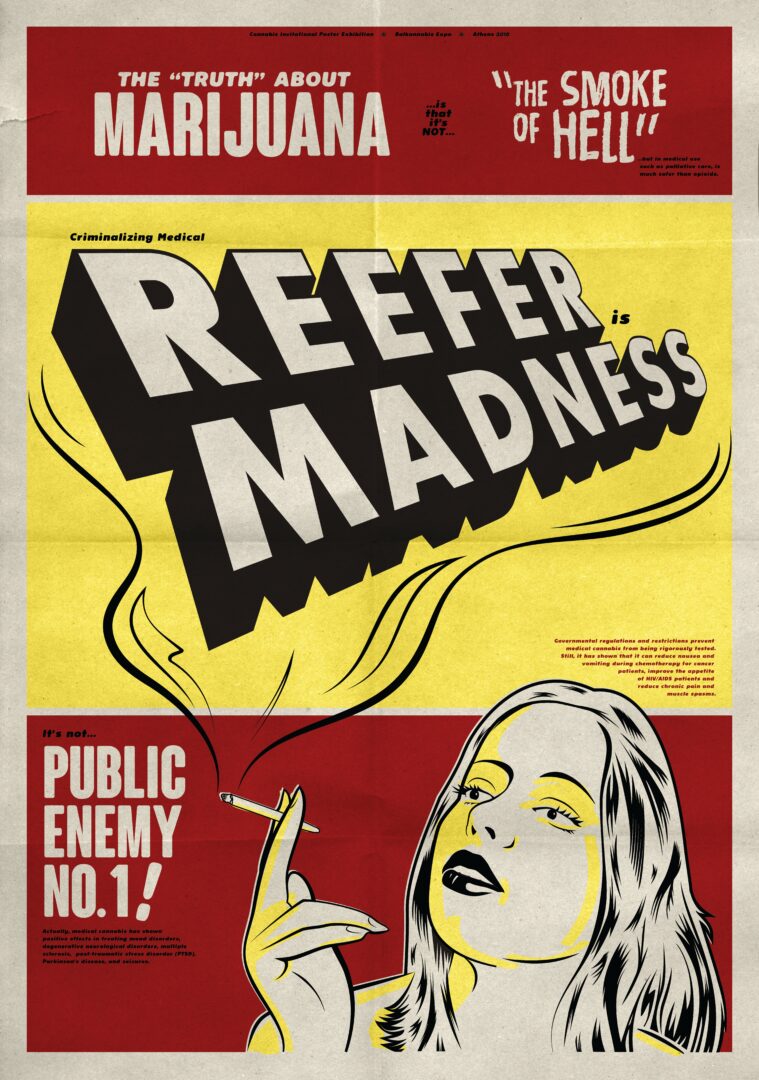
Thanks for sharing that. So, before we get any further into our conversation, can you tell our readers a bit about yourself and what you’re working on?
I am an artist and designer who focuses mainly creating social and political posters. My work has been exhibited in 200 international invitational and competitive exhibitions throughout 27 countries. I have also participated as a juror for exhibitions in Mexico, China, Korea, Iran, Venezuela, and Turkey.
Posters bridge a gap between art and design. Like many types of graphic design, the purpose of the poster is to communicate an idea or advertise either a product, service or event. Posters can also be considered art and have a life long after the event has passed for which they were originally created. They end up in collections, museums and galleries.
Still, the poster is meant to be on the streets. It is public art. One of my greatest thrills was seeing a poster I designed carried by demonstrators in the streets of several cities in México to protest the government’s complicity in the killing of 43 student dissenters.
I am also a retired professor having taught at the university level for over 30 years.
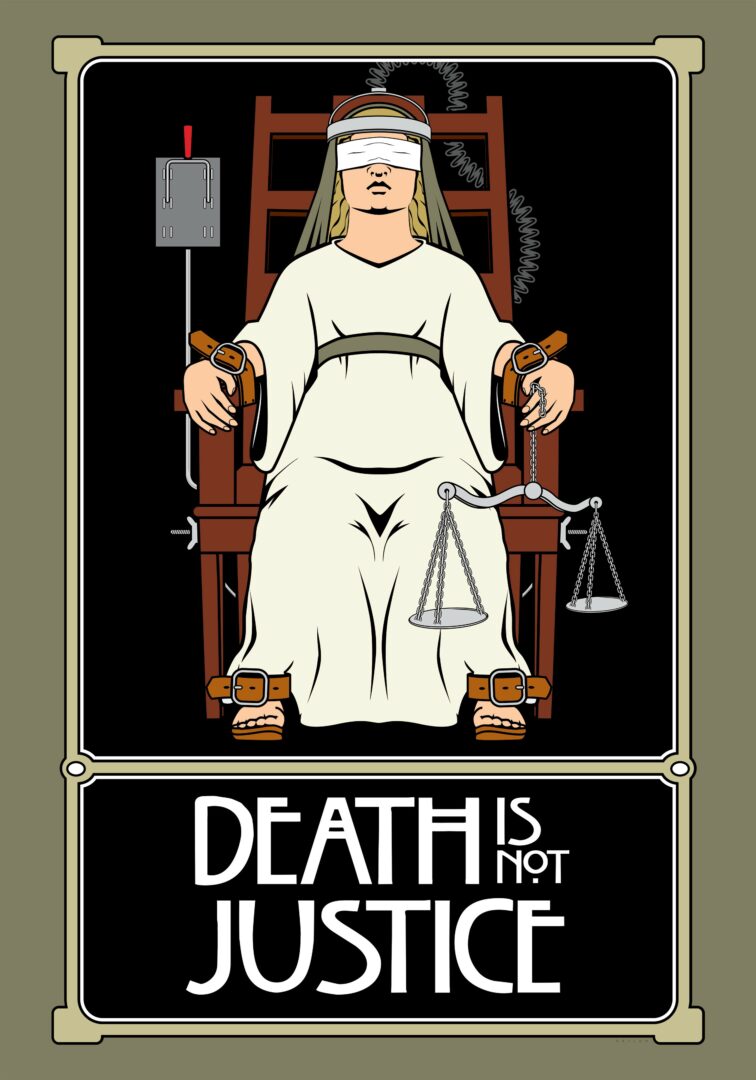
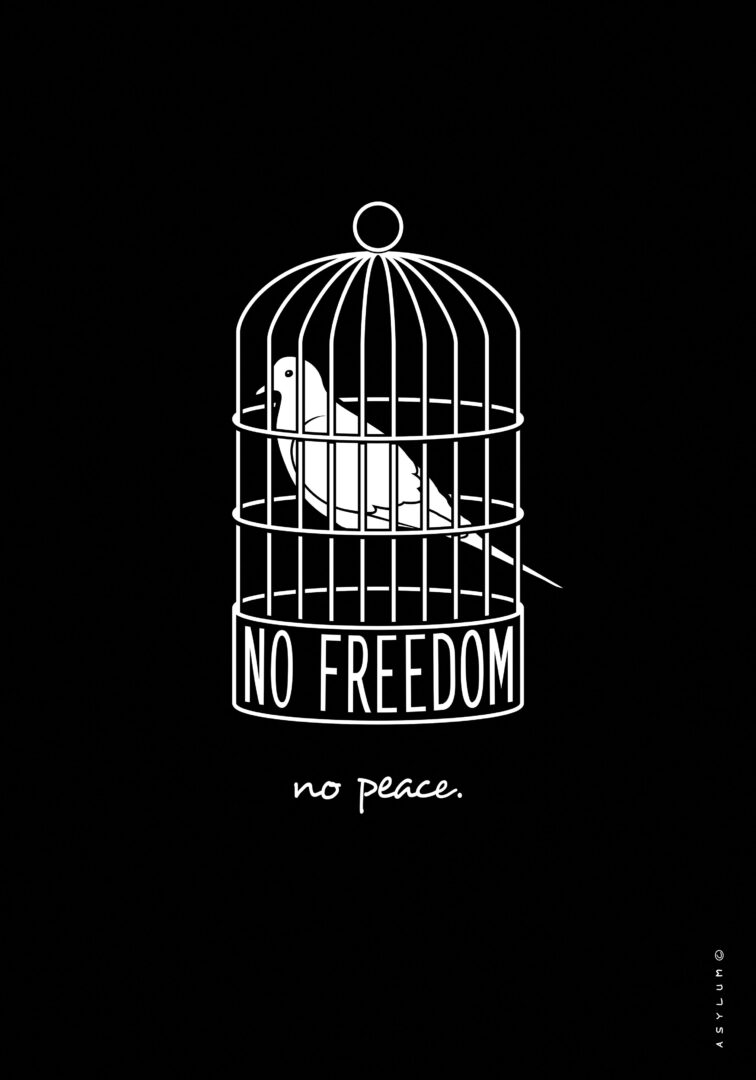
Looking back, what do you think were the three qualities, skills, or areas of knowledge that were most impactful in your journey? What advice do you have for folks who are early in their journey in terms of how they can best develop or improve on these?
1. Be wary of success. It sounds oxymoronic but success can limit your creativity. I remember my friend, the Canadien designer Andrew Lewis, once challenged me to change my approach to poster design. I had had a bit of success with a certain style of graphic illustration and was applying that approach to every poster. Andrew challenged me to try other ways of making a poster, even if I had no experience in them. That has required me to learn new software, work with new materials, create my own typefaces. It spurred my creativity, not just in the design solution but also in its creation.
Some designers strive to create a “look”, one that is instantly as recognizable as a signature, and apply that look to every design problem. If it’s successful clients will hire them because they want that “look”. I resist that.
2. You have to work towards the solution. I used to tell my students that the whole idea of design inspiration is a myth. At least the idea of sitting around the studio waiting for inspiration is.
Inspiration comes from work. When I was in grad school we were creating a logo for a real client. We had two weeks before the presentation. I had an idea right at the start and executed the design. Because I had time, I worked up another solution that I felt was equally strong. The morning of the presentation to the client I had another “inspiration’ and had just enough time to execute that one as well. Out of the entire class of students the client chose the solution I had created that morning.
That is not to say that I didn’t need all the time I spent on the other logos. Quite the opposite. It was working through those solutions that I came to the one that was successful.
3. You are not alone. Ask people’s opinions about your work. Be open to their suggestions. It will challenge your biases.
When I was teaching I would often bring my students’ work home and lay them out on the dining room table. Then I would ask my wife, a nurse anesthetist, which of the solutions she thought were successful. Students should be designing to engage people who are not “design professionals”. That’s who their clients ultimately will be. Getting my wife’s opinions challenged me to look at the work in a different way.
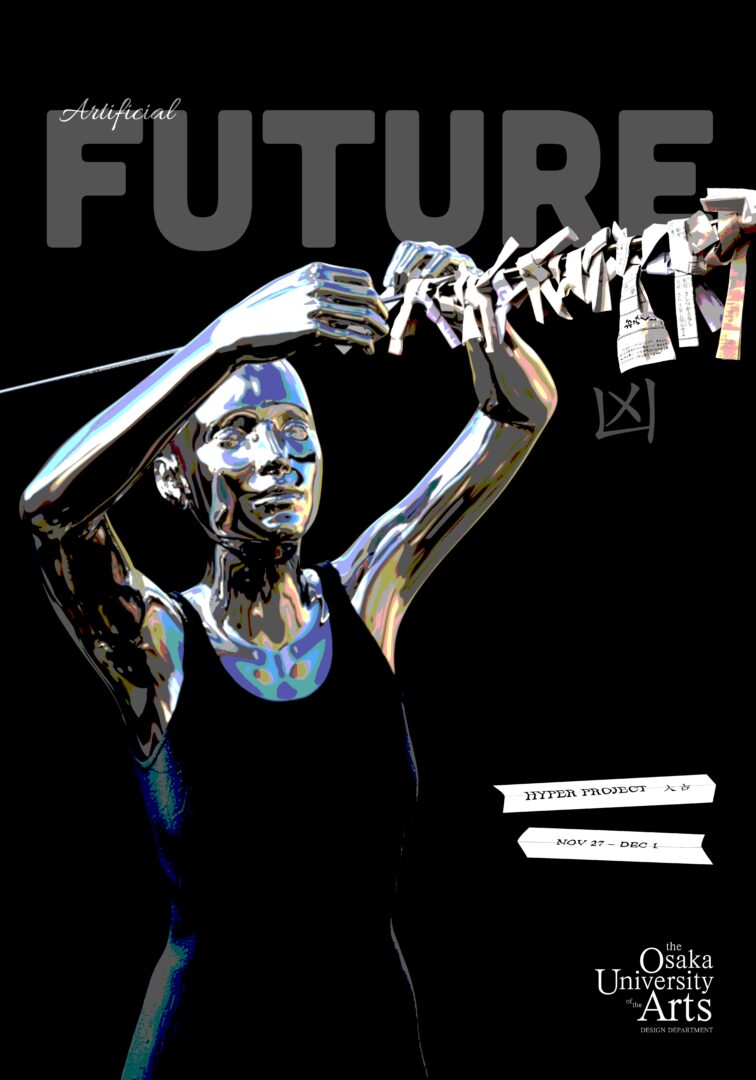
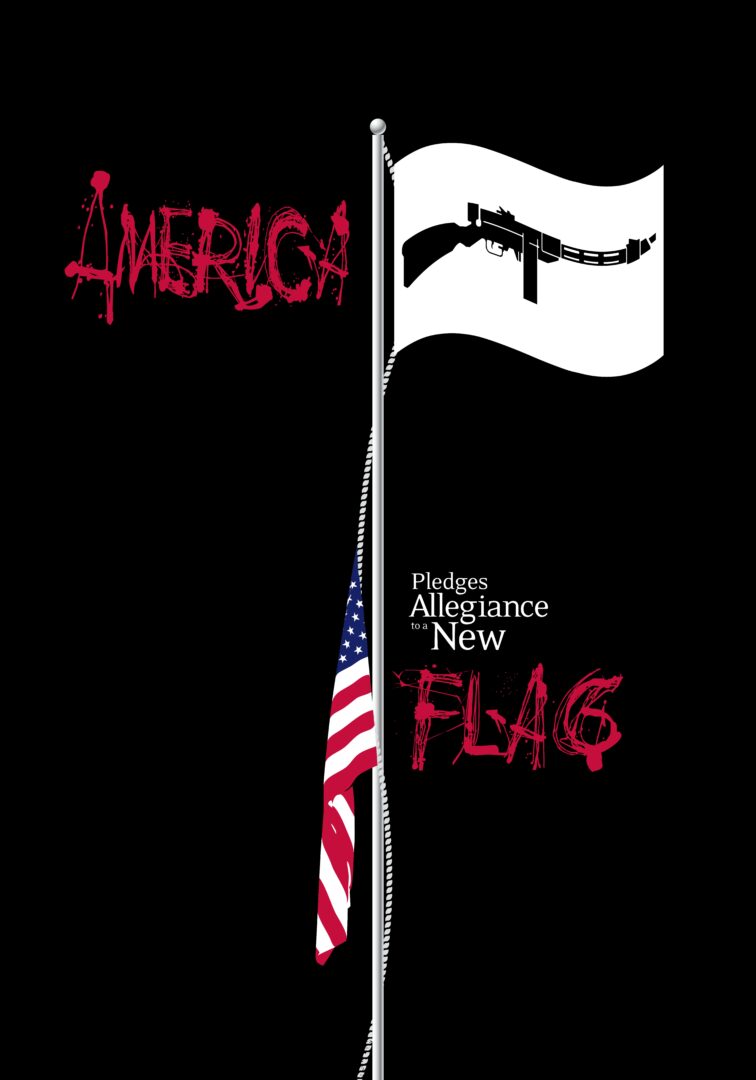
Who has been most helpful in helping you overcome challenges or build and develop the essential skills, qualities or knowledge you needed to be successful?
My wife and daughter have been instrumental in my success. Their unwavering support gives me the reassurance that even if I fall, I have a safety net of people who love me.
As far as essential skills, qualities, etc., I strive to be open, willing to fall on my face, creative, engaging, in my personal life as I am in my professional one. I think being an artist is actually “being” something. If you were an accountant, I may be wrong but, I don’t think that would define you. Being an artist defines you. It is a way to live your life.
When my daughter was a toddler I would drive her to places that we went to often such as daycare, the store, church, wherever. I purposely took a different route each time, often going out of the way to get to our destination. My daughter would sit in the backseat. As I was driving we would point out things to each other we saw along the route. Eventually I would say to her, “Why do we go different ways?” and her reply was always, “So we can see different things”.
Contact Info:
- Website: https://erinwright.org
- Instagram: erinwrightposter
- Facebook: https://www.facebook.com/asylumdesign
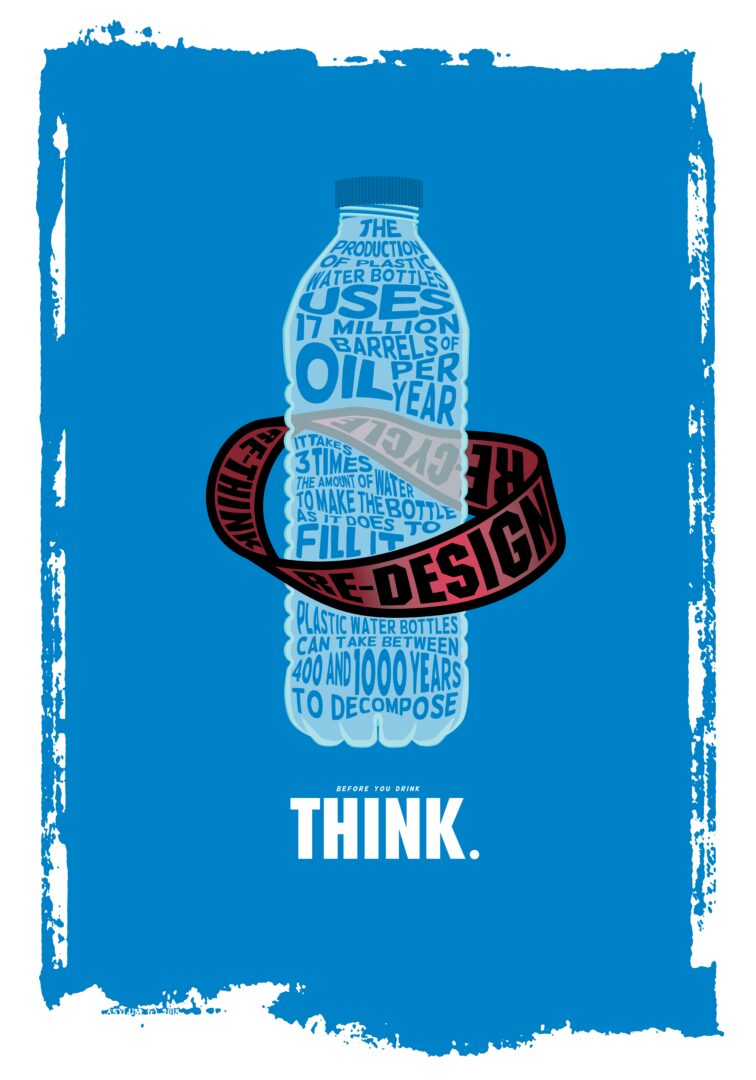
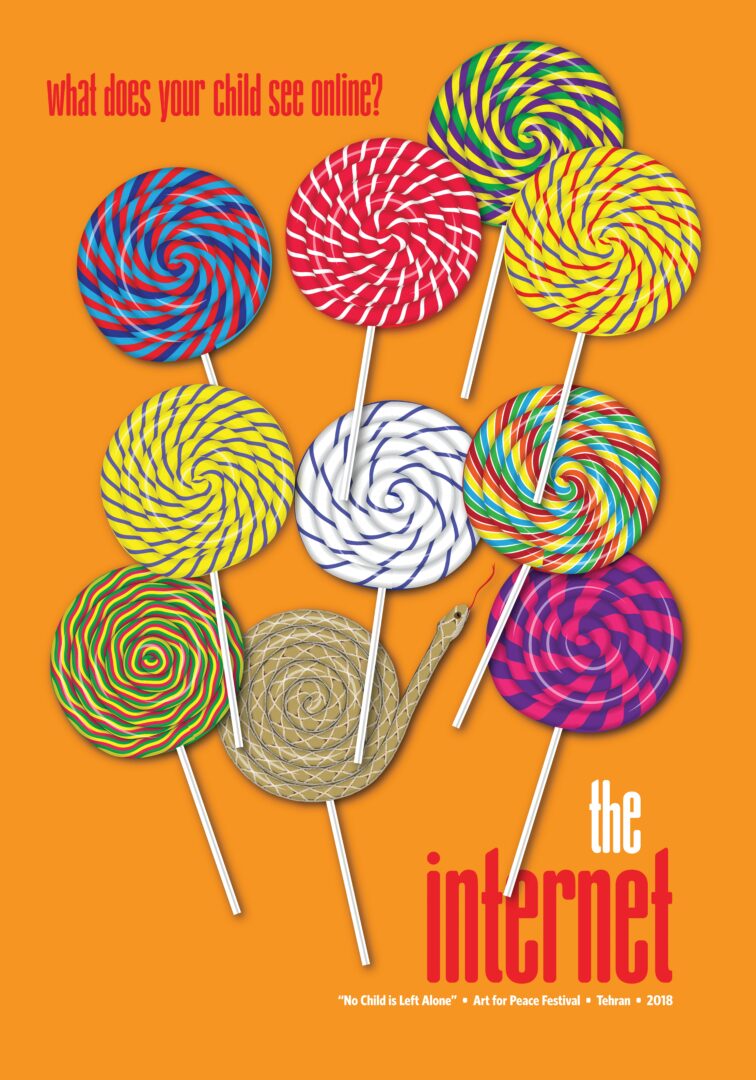
so if you or someone you know deserves recognition please let us know here.



